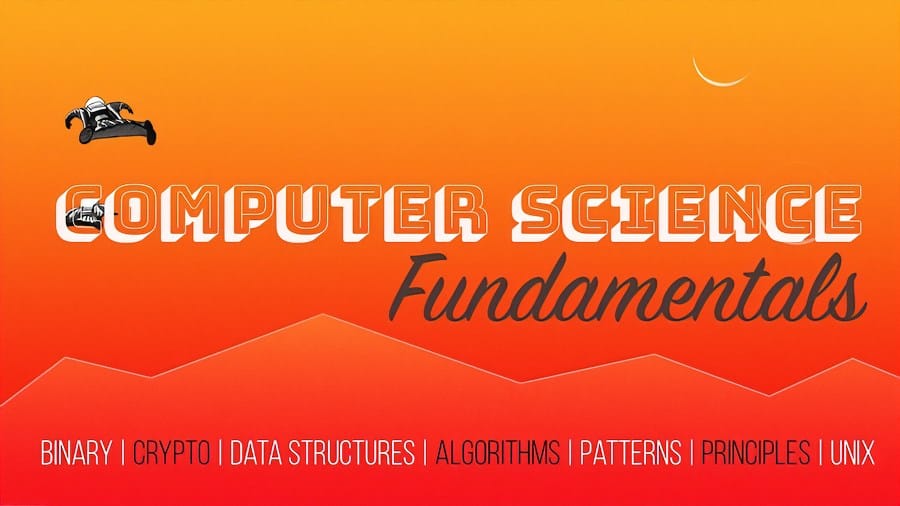Course content
-
Foundationsx Lessons
-
Logic and Binaryx Lessons
-
Information Theoryx Lessons
-
Cryptox Lessons
-
CS Theoryx Lessons
-
Data Structures and Algorithmsx Lessons
-
Software Designx Lessons
-
Core Skillsx Lessons
About the author
Updated on Nov 17, 2025
